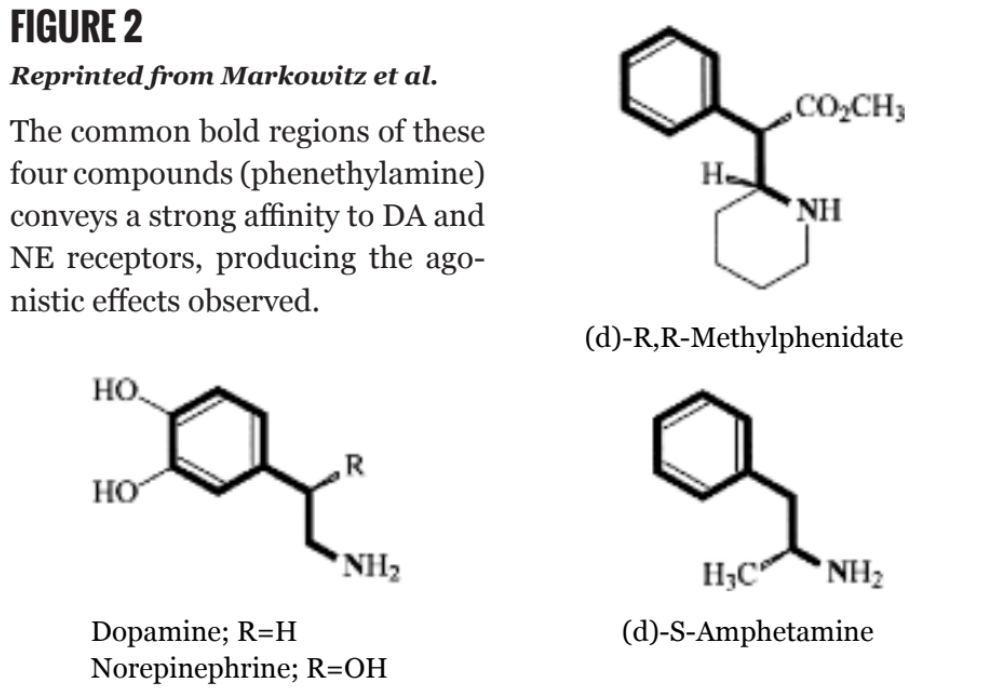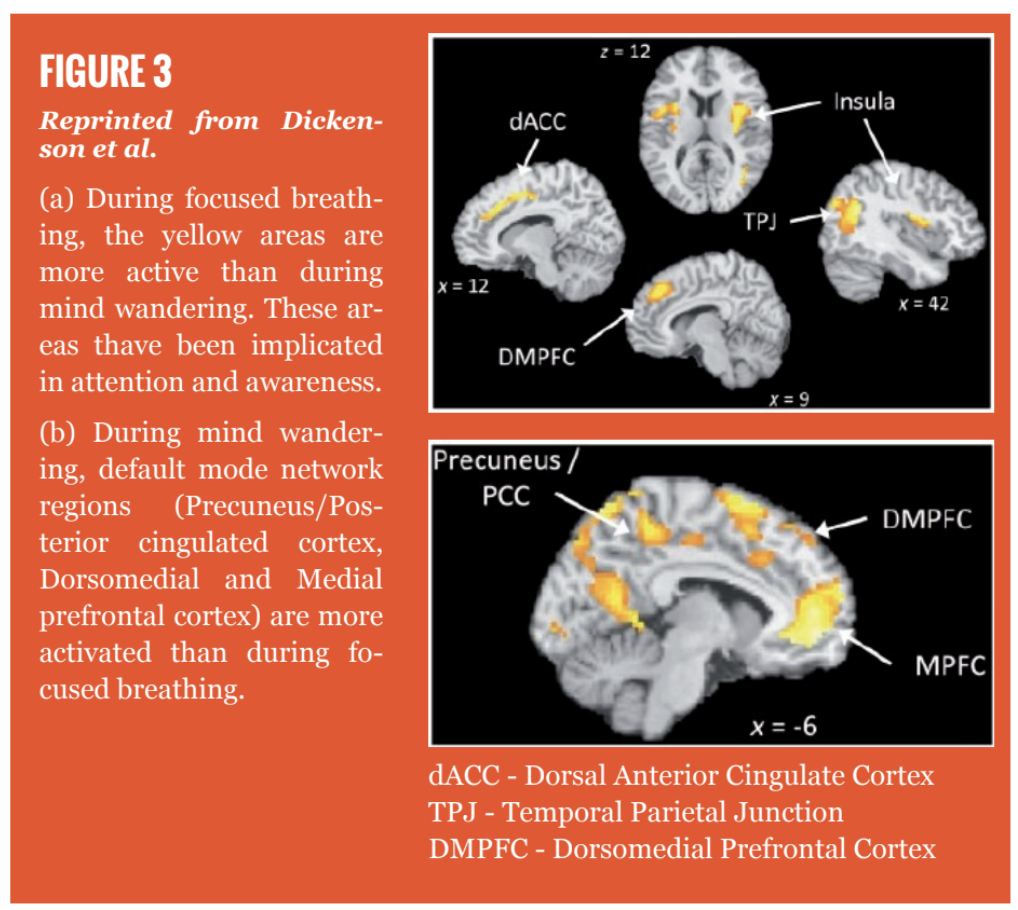700 years ago, an African goat herder named Kaldi noticed that his goats became frisky and energetic after eating from a little bush with red berries. As the myth goes, Kaldi nibbled on a berry and experienced the first recorded caffeine rush.
Since that fateful discovery, coffee has become one of the many ways humans have augmented their energy and attention to become more effective workers, warriors, and thinkers. Certainly for 21st century university students, cognitive enhancement has become a more affordable and commonplace reality, and not just by drinking lattes.
A 2001 nationwide survey of 10,904 college students across 119 US universities found that total lifetime usage of non-prescription stimulant medication was around 7%, with individual colleges ranging from 0%-25% [1]. In particular, colleges in the Northeast and those with competitive admission requirements had the highest abuse of “study drugs.”
But the usage of pharmaceutical cognitive enhancers does not stop with a diploma; use continues into employment.
A 2008 poll by Nature Magazine surveyed 1,400 of its readers from 60 countries regarding their use of stimulant medication for cognitive enhancement and found that approximately 1 in 5 respondents indicated using Ritalin, Modanifil, or Beta-blockers for non-medical purposes [2].
Of course this survey is not representative of all scientists, professors, or employees, but it nevertheless indicates wide spread “brain doping” in intellectually demanding fields.
What exactly is meant by cognitive enhancement? In this paper, “cognitive” is used as an umbrella term to signify high-level mental processes that lead to understanding, problem-solving, analytical thinking, and goal-orientated effort.
To enhance cognition is to reduce reaction time, increase ability to filter out distractions, increase capacity of short term memory, encode and retrieve long-term memory more effectively, and produce more high-stamina and creative thought processes. Cognitive enhancement has direct impact on task performance.
After more than 40 years, cognitive enhancement is still a hot-button topic in the realm of sports, academia, and medicine, encompassing a complex interplay of ethical, productivity, and health-related issues. Though, one day, average individuals may be faced with a decision: whether or not to tune up their brain in order to work and think more diligently, efficiently, and enduringly.
This article does not suggest or encourage any particular decision to this complex consideration; rather it will present three forms of cognitive enhancement—stimulant medication, neurofeedback, and meditation—and explain some of the neural underpinnings of each, as well as empirical evidence for their merits and shortcomings.
It is important to understand cognitive enhancement because at current scientific and technological pace, it may be that charging one’s brain is comparable to charging a battery.
Pharmaceutical “Study Drugs”
Amphetamine (AMPH), a stimulant that is primarily prescribed for the treatment of Attention Deficit Hyperactivity Disorder (ADHD), has become a popular “study drug” due to its noticeable effects on alertness and wakefulness. It is most commonly prescribed as Adderall, which is composed of isomers, dextro- and levo- amphetamine, in a 3:1 ratio (Fig. 1) [3]. Amphetamine is similar to methamphetamine both in structure and effects (albeit much less potent).
Methylphenidate (MPH) is another study drug commonly used for the same reasons as AMPH—increased subjective feelings of arousal and concentration. Sold usually as Ritalin or Concerta, it is prescribed for ADHD, narcolepsy, and some heart-conditions. MPH is generally regarded as a slightly less potent or intense substitute for AMPH because of its shorter plasma half-life (2-3 hours for MPH vs. 4-6 for AMPH), but it has been shown to be more effective for treating certain patient populations [3].

Both AMPH and MPH increase the availability of two crucial neurotransmitters in the intercellular synapse: Norepinepherine (NE) and Dopamine (DA)4. NE is a hormone and neurotransmitter that is synthesized from DA by Dopamine-β-Hydroxylase, and is released by noradrenergic cells in the locus coeruleus. This brain region is implicated in arousal, attention, stress-response and memory, so there are straightforward cognitive implications for increasing its availability via pharmaceuticals [5].
Likewise, DA is an important catecholamine, especially in relation to motivation of movement and the feeling of reward and reinforcement [6]. Neurons that either release or are activated by DA are widespread throughout the brain, but of particular note are the prefrontal cortex, which is involved in problem solving and executive control and regulation, the basal ganglia, which mediates motivation towards movement, and the limbic system, which is responsible for many emotionally-derived behaviors and sensations [6].
The exact systematic effects of MPH and AMPH on these key brain regions is not well understood. For example, Clatworthy et al. and Dodd et al. used brain imaging to investigate MPH-induced effects on a simple stimuli-reward reversal learning task in healthy subjects [7][27][28]. Although Dodd et al. found an increased fMRI blood oxygenation level-dependent signal in the striatum and Clatworthy et al. found increased glucose usage in the striatum via PET imaging, neither group reported a significant improvement in task performance.
This unsatisfying finding highlights the limitations of current brain imaging techniques as well as the pharmaceutical efficacy of these stimulants. Moreover, various studies have found contradictory results: increases, decreases, and no significant changes in brain activity throughout dopaminergic and noradrenergic regions [7]. Perhaps this can be attributed to the wide variability in research subjects’ baseline characteristics, brain imaging techniques, and criteria for significance. Unfortunately, such non-uniformity in research conduct is much too common in cognitive enhancement literature, and calls for more rigorous reproducibility standards.
Although the large scale systematic effects of stimulant drugs are still being discovered, the specific molecular effects are understood to a better degree. As shown in Figure 2, both AMPH and MPH are similar in structure to the NE vand DA molecules, as a result, they are able to bind to the DA and NE reuptake proteins on the pre-synaptic neuron, called transporters [8].
Transporters clear the neurotransmitter from the synapse, but when they are blocked by MPH or AMPH, the neurotransmitter can spend more time in the synapse, producing a greater effect on the postsynaptic cell. In higher doses, AMPH can even reverse the action of the transporters, causing more neurotransmitter to be released (although how this reversal effect occurs is not understood) [4]. Transporter reversals are a more commonplace result of methamphetamine, and could explain why its effects are more potent.
Subjectively, the effects of MPH and AMPH are reported to be a short term increase in concentration, productivity, intellectual performance, wakefulness, as well as recreational qualities [7].
How do these subjective effects relate to objective cognitive ability in healthy users? Again, the scientific evidence is murky, in large part due to the lack of uniformity across studies. A systematic review of healthy-subject research could only verify that MPH increased working memory, and that the positive effects did not extend to problem solving ability, long term memory, or even attention [9].
There is some evidence that suggests MPH also increases wakefulness and motivation, but these parameters could not be factored into the systematic review. Taking into account the importance of DA and NE in wakefulness and motivation, it is possible that the sought-after cognitive enhancement effects of MPH can be simply attributed to an increase in wakefulness and motivation (i.e. interest) to solve problems. These effects, coupled with a stronger ability to retain information in the short-term, and perhaps the stress that comes from an upcoming due-date, may lead to the impression that users are bestowed with super-human concentration skills.
In the same systematic review, it was found that Modafinil (a drug that is used by military personnel and others for its sleep-defying properties) did not necessarily improve cognitive function, but it did maintain it in instances of sleep deprivation, and it also produced overconfidence in the user’s appraisal of their cognitive performance [9].
Regarding their usage in a healthy population, it seems that stimulant medications moderately increase alertness and memory, and as a result give the impression that they enhance cognition. However, these enhancing effects have not been verified empirically through neuroimaging or behavioral studies, suggesting that their objective effects are much less drastic than their subjective ones. Moreover, the effects seem to differ widely based on the baseline performance and genetics of healthy subjects [7].
There are side effects. Use was accompanied by complaints of increased heart rate, nervousness, dry mouth, unhappiness, withdrawal, and exacerbation of tics in patients with Tourette’s [3]. A 2005 study demonstrated that AMPH usage comparable to standard ADHD medication damages dopaminergic neurons in the striatum in nonhuman primates. 10 Long-term side effects are still not well known—and this is an important consideration. For example, it has been suggested that early usage of stimulant medication in youth can lead to stunted growth [11].
Neurofeedback
While exogenous substances may be the most popular form of cognitive enhancement, the use of alternate methods—such as computers and other technology—is an exciting and rapidly developing field. Specifically, Electroencephalography (EEG) Biofeedback, or Neurofeedback (NF), has been used for the past 40 years to target a wide variety of neurological conditions such as managing ADHD symptoms and pain, and facilitating movement in Parkinson’s patients [12].
Although NF has yet to gain widespread acceptance and favor in the medical community, there is evidence that suggests it might allow cognitive enhancement.

NF is a technique that provides real-time feedback to assist the user in changing their brain’s electrical activity in such a way that improves its function. First the user’s baseline level of activity is observed and classified into several ranges of frequencies. Then the user attempts to increase or decrease certain frequency bands in certain areas of the brain order to achieve a target brain activity that leads to improved cognitive performance.
How exactly does an EEG record electrical activity in the brain? EEG electrodes pick up on synchronized activity in populations of neurons that are spatially aligned in such a way that their combined electrochemical activity can propagate through the cortical layers, dura, and skull to reach the scalp [13].
This electrical activity is recorded by the EEG. Different brain states and functions tend to manifest as rhythmic activity in populations of neurons. For instance, different stages of sleep are characterized by different frequencies of EEG activity. Also, certavin EEG frequencies throughout the brain have been associated with certain cognitive functions (although the mechanisms and functions of many observed neural oscillations is still an active area of research) [12].
For instance, long-term memory consolidation and working memory processes have been associated with theta (4-7 Hz) and upper alpha (9.5-12 Hz) activity. Furthermore, lower alpha (7-9.5 Hz) activity has been associated with attentional processes. Certain frequencies in EEG readings have even been shown to be significantly different in individuals with high or low levels of creativity, memory performance, and intelligence [12].
In daily-life, cognitive effort such as maintaining alertness during a lecture or keeping track of facts and variables causes specific changes in brain activity. Neurofeedback offers an objective way to identify these precise patterns of neural activation and give some feedback to the user when she moved towards, or away from, the target activity.
This feedback can take the form of a sound tone (for instance, higher pitch indicates better performance, while lower pitch indicates the opposite) or even performing well in a video game (the character speeds up when the EEG target is being reached). Over repeated training sessions, the user may eventually strengthen their ability to regulate these frequencies without any further feedback, and as a result improve their performance.
Many studies suggest that NF may be a promising treatment for ADHD, with some results showing it works as well or better than stimulant medication, without pharmacological side effects, and patients’ performance continues to show improvements six months after the treatment ends [12]. However, patients respond with varying success, so it cannot be considered as a universal treatment for ADHD.
Does NF actually work to improve cognitive function in healthy people? Some studies have shown clear positive results, such as a 2011 study in which 10 healthy participants were trained to increase their upper alpha activity, and improved significantly in a short-term memory word recall task when compared to a control group [15]. A review of NF to enhance performance cites several studies that trained various frequencies to improve memory, detection, and auditory or visual attention [16].
Although some studies showed behavioral improvements in subjects, there seemed to be no learned (sustained) change in their EEG reading. This raises questions regarding the extent to which altering EEG activity directly alters cognitive performance.
Further NF studies are needed to determine its efficacy in healthy patients. NF’s preliminary success in treating disorders in attention and emotional regulation in ADHD suggest that it may improve attention and cognition in healthy people.
Meditation
In recent years, meditation has come into Western laboratories as an object of research. Some studies have found that over a three-month meditation course, naïve subjects improved in attentional perceptual capacity [17]. It should be noted that there are many different kinds of meditation with different focuses and purposes. In this article, meditation refers specifically to mindfulness or focused breathing meditation.
During the course of a meditation session, theta and alpha frequencies that have been correlated with working memory and attention have been shown to increase significantly on an EEG [19]. Moreover, various studies have correlated meditation with changes in the anterior cingulate cortex, basal ganglia, hippocampus, and prefrontal and parietal cortices—all of which are strongly implicated in attention, memory, and awareness [20].
An fMRI study comparing short-term mindfulness meditation against undirected thought in controls showed that focused breathing resulted in significantly increased activity in a collection of brain areas known as the fronto-parietal attentional network (one of the collection of brain areas that are active when people engage in attention-demanding tasks) (Fig 3a) [21]. On the other hand, undirected thought in controls showed significantly increased activation of the brain areas associated with the “default mode network”—which is active during daydreaming, attention lapses, and self-related thought (Fig 3b).
Interestingly, cognitive neuroimaging work on the default mode network has shown that it tends to be less active when a subject is engaged in an external task (whether watching a show or solving a problem set) and by extension, the external task network of attention is less active when subjects’ minds are wandering, or when they are thinking about themselves [22]. However, certain kinds of meditation lead to simultaneous activation of both the default (or intrinsic) and the extrinsic networks [22].

In addition to increasing activation in many brain areas associated with executive attention, distraction avoidance, and target location, current research suggests that meditation may even lead to long-lasting physical changes in the brain. Significantly increased cellular matter in the hippocampus (a brain region which is involved in long term and spatial memory consolidation), and prefrontal and insular cortices (both areas utilized in executive function and sensory processing) has been reported in long-term meditators [23][24]. PET studies have also suggested that yoga meditation increases dopamine levels in the ventral striatum, an area in the basal ganglia that modulates reinforcement and motivation [25]. Taken together, these results suggest that the cognitive enhancing effects of meditation have real and measurable neural correlates.
Despite the positive impacts meditation can have on cognition, it is not a modifier that can be implemented within a few minutes. As with physical exercise and other biological changes, time is needed to maximize its effectiveness.
Conclusion
Taken together, stimulant medication, neurofeedback, and mindfulness meditation signal a potentailly encouraging future for current and emerging cognitive enhancement methods.
For the reader who is motivated to enhance his or her cognitive function, understanding the evidence for, and against, various methods, is critical. There are complex ethical logisitcal considerations of implementing an efficacious, safe, and fullfilling cognitive enhancement regimen into one’s life.
Whether by solving a weekly crossword or undergoing a daily NF session, everyone should take advantage of the uniquely human opportunity for mental self-improvement, realizing that, as with many other things in life, the adage “use it or lose it” rings just as true for the brain.
